St. Paul's Bay
St. Paul's bay, a seaside village protected by St. PaulSt. Paul’s Bay, also known as San Pawl il-Baħar by the Maltese, is a town with 14,057 inhabitants located in the nort east side if the Island over an area 14.5 km2. It started as a small fishing village but has grown significantly since its founding. The large size of St. Paul’s Bay is due to the fact that several areas form part of the Local Council such as Qawra, Bugibba, Xemxija and San Martin. St Paul’s Bay is a very popular area during the summer months and population goes up to around 60,000 people due to the Maltese summer residents and the tourists. St Paul’s Bay was named after St Paul, who was shipwrecked on an Island located in the bay. St Paul was shipwrecked on Malta during his journey from Caesarea to Rome and the Maltese people believe that it was St Paul himself who introduced Christianity to the local population. Some parts of Saint Paul’s Bay are very developed and have many touristic amenities. There are some very beautiful and stunning natural highlights in the area and the coastline here has wonderful open sea views. The coastline promenade provides a long and easy walk from St Paul’s Bay all the way to Qawra, with open sea views. Mistra Bay in the north part of the town is a pebble beach with numerous caves that were used as burial places in the past. At the edge of the cliff stands a military battery built by the knights, today used for aquaculture. St Paul’s Island is close by, and there are several dive sites, including the spot where St Paul was shipwrecked. St. Paul's Bay: things to do and seeWignacourt Tower: The tower, built in 1610 during the reign of Grandmaster de Wignacourt, served as Malta's northernmost defensive outpost until Fort St. Agatha was built in Mellieha in 1649. Today, there is a small museum dedicated to Malta's rich military-architectural heritage. Mistra Gate: It was the principal gateway to an estate set up in 1607 by Grand Master de Wignacourt to collect money for the ransom of slaves, through a Foundation known as the 'Monte di Redenzione degli Schiavi', said to have been inspired by a Lenten sermon preached by Father Rafel Camilleri, a Capuchin monk. St Paul’s Island: It is believed that it was St Paul who brought Christianity to Malta around 60 A.D. and since then Malta remained a Christian country. St Paul was being taken to Rome to be tried as a political rebel, however his ship, with himself and the 274 passengers, was caught in a violent storm and it crashed two weeks later on the Maltese coast. Mistra Bay: Pebble beach with clear blue waters Cart Ruts: Malta's mysterious Cart Ruts can be found on the heritage trail close to St Paul's Bay on the Wardija Ridge at Busewdien. St Paul's Statue: This statue was erected back in 1845 and stands 4m high. It is located near the spot where St Paul was thought to be shipwrecked in 60 AD. The statue of St Paul is holding a book in his left hand while holding up his right hand. At his feet lies the snake, which, according to the Acts of the Apostles, came out of the fire and bit his hand. |
North-Malta
St. Paul's Bay, Malta
Website
Population : 14057
Local council :
552, St. Paul's Street, St. Paul's Bay SPB 3418,Phone: +356 2158 888 Bus number : 12,129, 221, 223, 41, X1, X6 |
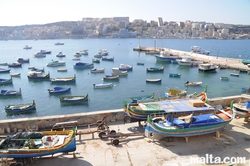

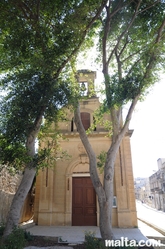
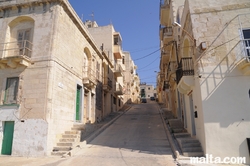
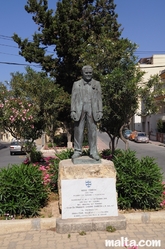
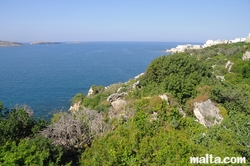



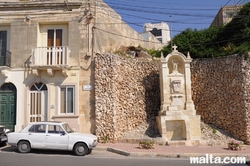


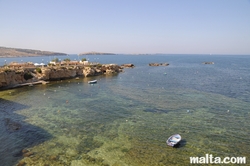

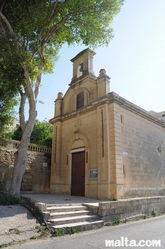
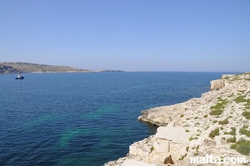

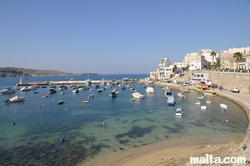



Post your comment
Please login or register in order to write a comment
Comments of Members
No comments yet.